Indoor Plants Reduce Stress
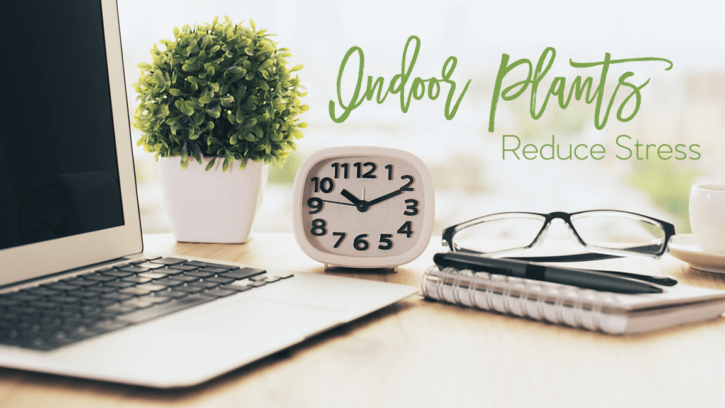
Give Your Indoor Space the Benefit of the Outdoors
It helps reduce stress.
According to a study, researchers found that hospital patients who had plants in their rooms reported much less stress than those who didn’t.
Have you ever noticed how little time you spend outdoors on an average day?
The Environmental Protection Agency estimates that Americans spend 90 percent of their time indoors. 90 percent! In any given day, I spend about eight hours sleeping. Eight hours at work. One hour exercising. Two hours doing chores (I’m looking at you, meal prep and laundry). And two hours taking care of my best pal and pup Roman Valentine. This leaves about two hours and some change each day where I can choose to see friends, read a book, go for a walk, watch a show or just have some much-needed downtime for meditation.

Best pal and pup, Roman Valentine.
Unless I am making a specific effort to do something outside, it’s not often that I get to enjoy the calming and grounding benefits of nature. Particularly during the winter, where I’d honestly rather do anything other than be outside. I realized the other day as I was sitting in my downtown apartment talking to Roman about life and our future goals, that I have unintentionally filled my 400 sq ft space with plants. I’ve got windowsills full of succulents and pretty green vines, and my personal favorite – the fiddle leaf fig that sits in the corner of my living room.
Positive Impact of Plants
As it turns out, scientists have been studying the positive impact of nature on humans for a while and have found correlations to reduced stress levels, improved concentration as well as other positive psychological benefits. If the addition of plants to your living space can provide these benefits, why not add a few to your workspace and watch as you create a happier, healthy and more productive environment?
Here are a few plant recommendations to get you started. Don’t worry – these are easy to care for and some don’t require a lot of natural light. Seriously, there’s a plant for every space:
Aloe Vera
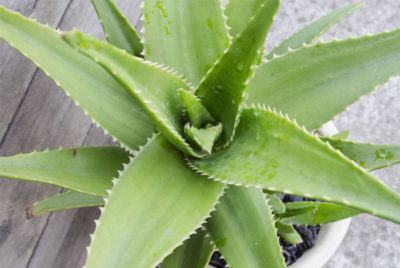
Aloe Vera Plant
The beauty of this plant is that they stay small if potted in a small plant or grow large if you transfer them to a larger pot. Aloe vera is great for cleaning the air of pollutants and enjoys warm, sunny environments.
Rubber Tree
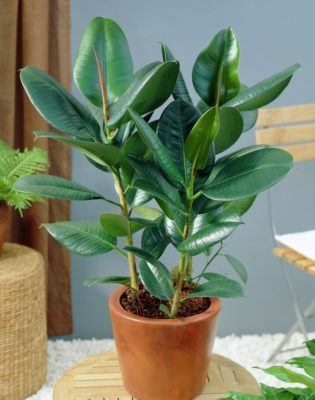
Rubber Tree
These plants are pretty easy to please. They prefer dim, cool environments and are a powerful air purifier.
Snake Plant
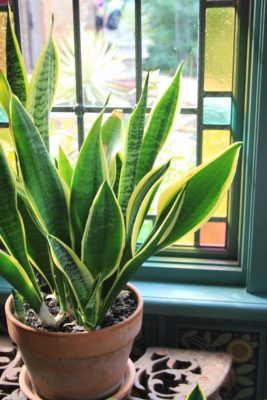
Snake Plant
Easy to grow, hard to kill. That’s nearly perfect for everyone, right? These plants require little water or light to survive, making them perfect for an office space with little access to natural light.
Philodendron
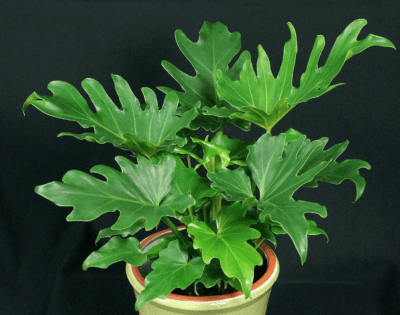
Philodendron
Besides having an awesome name, this plant comes in a ton of different varieties. They are great at absorbing formaldehyde and can last for decades if cared for properly. They prefer moderate water and some sunlight, but not direct sun.
Golden Pothos
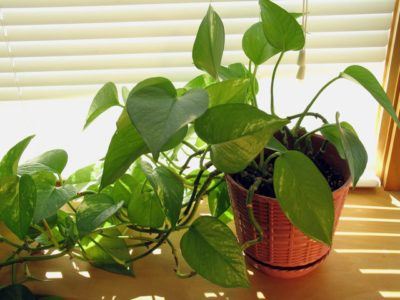
Golden Pathos
This pretty plant made NASA’s list for its ability to easily detoxify the air and for being seriously difficult to kill. They are a vine, so they are perfect for hanging baskets and will keep growing until they hit the floor. They prefer cool temperatures and low levels of light, but do enjoy plenty of water.
Which plant are you excited to feature in your indoor space? Send us a photo of your stress reducing foliage and spread the green love.


Thanks for sharing this informative article with us, but do you know plants help in decreasing noise pollution also One lesser-known favorable position of plants is their capacity to lessen encompassing noise inside a hospital, as much as 5 decibels.
What is the name of the plant art the very top of this page where it says “Indoor Plants Reduce Stress?”
It is a type of Boxwood